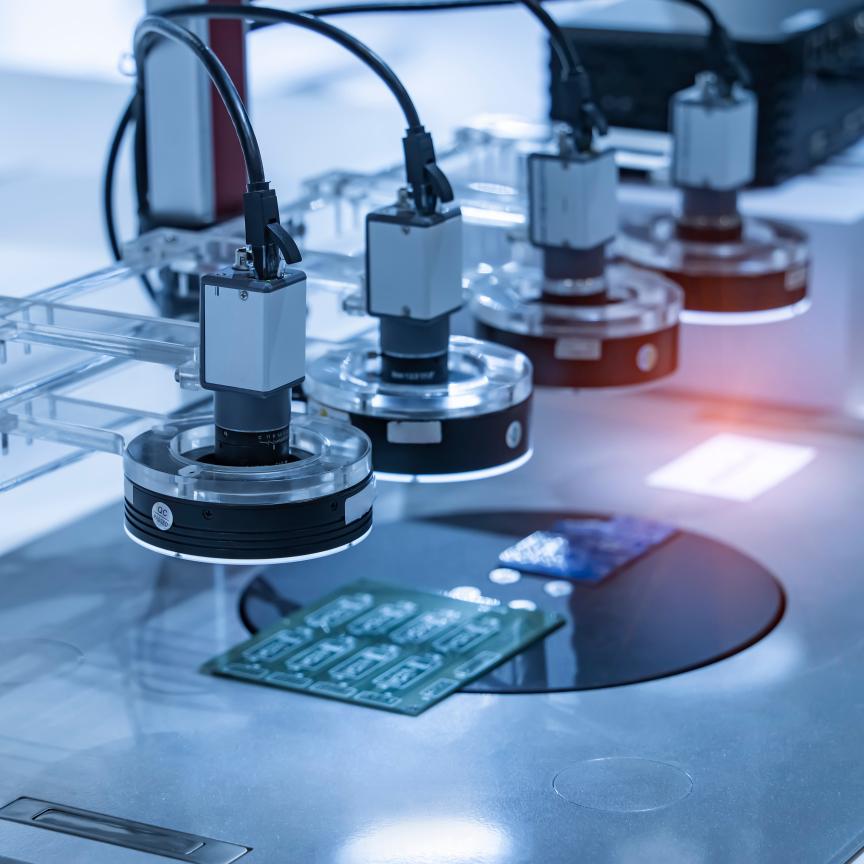This week the Science and Technology Facilities Council (STFC) has been opening Rutherford Appleton Laboratory’s (RAL) doors to celebrate 50 years of supercomputing in the UK.
This celebration culminated in a series of talks, tours and exhibits to highlight the importance of this computer facility to society today.
In 1964, the Rutherford Appleton Laboratory (RAL) in Oxfordshire opened the UK’s first purpose-built computer laboratory to house one of the world’s first supercomputers. Atlas 1 was the size of a large detached house. Now that same computing capacity would fit in a pocket inside a mobile phone.
The Ferranti Atlas 1 computer was the largest of three world leading computers built in the UK. It cost around £3M – equivalent to about £80M today. The Atlas processor used more than 5,600 circuit boards, which would have covered an area about the size of a tennis court – around 90,000 times bigger than a modern computer chip. One of its discs could hold just two photographs, whereas today’s equivalent, the USB stick, can store thousands of images.
Dr Andrew Taylor, Executive Director, STFC National Laboratories, said, ‘Since those early days, computing at RAL has gone from strength to strength, and the Atlas Centre is now home to Tier One – where data from the Large Hadron Collider is stored in the UK, as well as a range of other facilities such those which process data from weather satellites. Fifty years on, the technology is so far advanced that a mobile phone is more powerful and far cheaper than the Atlas computer.’
Dr Taylor added, ‘We are particularly excited that, in its 50th anniversary year, we are able to display the console from the original Atlas computer, together with memorabilia of the time.’
Though the Atlas computing operation has gone from strength to strength the Ferranti Atlas 1 itself closed in March 1973 and was replaced by an ICT1906A. In the eight years of operation it had run for 44,500 hours with a 97% up time. 836,000 jobs were run, 300 million cards read, 4000 million characters from paper tape read, 800 million lines of line-printer output generated and 17 million cards punched.
In the 1960s and 70s, universities and other research establishments that needed to use computing facilities had to put their program and data onto punch cards and post them to the Atlas Computing Laboratory, where their program would be run for them.
People touring the Atlas Centre exhibits during these 50th Anniversary celebrations will discover the rich history of computing innovations at RAL, from the very beginning of supercomputers to the endless possibilities of today.
The exhibits will show the rich history of computer science at the RAL, which was the site where the worlds first computer animations were produced. These included an animated model of stress-loading across an M6 motorway bridge that was being built at the time.
It was the first entirely computer-produced engineering film to be made in the UK and won the Great Britain entry in the 1976 international Technical Films Competition in Moscow. Most famously, the laboratory's facilities were used to produce the 3D wire-frame model shown on the navigation monitors in the landing sequence of the Ridley Scott film ‘Alien’, which won the 1979 Academy Award for best visual effects.

